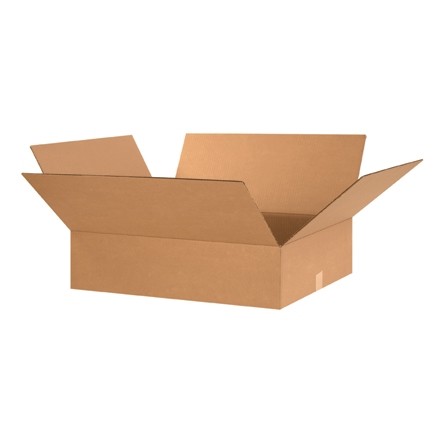Whether you are moving house, storing items, or shipping products, cardboard boxes play a crucial role in keeping your goods safe and secure. Choosing the right type and using it effectively can dramatically improve both efficiency and safety. In this blog post, we’ll explore some top tips for selecting and utilizing cardboard boxes to ensure your belongings are protected during transit or storage.
Understanding the varying strengths, sizes, and types of cardboard boxes will equip you with the knowledge to optimize their use. From small retail packages to large moving crates, knowing why and how to choose particular boxes can save you from a lot of logistical headaches. This guide is here to help make an informed decision and make the most out of these everyday essentials.
Understanding Box Strength
When selecting cardboard boxes, understanding the strength ratings such as Edge Crush Test (ECT) and Burst Strength is essential. These ratings determine how much weight and pressure your box can handle before failing. Stronger boxes are essential when stacking heavy items or when shipping goods that require robust support. Opt for a higher ECT rating for items that require long-distance transportation or will be subjected to rough handling. Knowing these details ensures that your contents remain secure no matter the circumstance. Understanding box strength is crucial for ensuring that postal boxes can withstand the rigors of shipping and handling, providing reliable protection for their contents.
Additionally, consider the overall thickness and layer count of the cardboard. Double-walled or even triple-walled configurations offer vastly superior protection compared to single-walled alternatives. Choosing the appropriate level of durability not only protects your items but also reduces the risk of box failure during critical times.

Size and Shape Matters
The dimensions of your box should closely match the size of its contents. Too small, and you risk damaging your items; too large, and you waste space and may need to use more filler material to prevent content movement. Proper fit not only provides better protection but also optimizes storage space in warehouses or shipping containers. For irregularly shaped items, consider special-purpose boxes designed to accommodate odd shapes securely without unnecessary bulk.
Furthermore, understanding how box sizes stack together can improve loading times and stability during transport. Aligning your box choices with logistic strategies reduces downtime and potential damage due to poor stacking practices.
Choose the Right Type
Cardboard boxes come in various designs each tailored for different purposes. Standard slotted containers (SSC) are perfect for general purposes but might not suit every scenario. For heavy or high-value contents, consider double-sealed end boxes for their improved security features. For easy opening and resealing, die-cut self-locking designs can offer convenience and efficiency especially in a retail context.
The choice extends beyond just function but also includes sustainability concerns—many companies now opt for recycled or FSC-certified cardboard to reduce environmental impact. Balancing between strength, utility, ease of use, and environmental responsibility is key in choosing your ideal box type.
Effective Sealing Techniques
Choosing the right tape is just as important as selecting the right box. Use high-quality packaging tape designed for sealing boxes over using masking tape or duct tape which are not suited for securing cardboard seals properly. Ensure that all seams are taped down completely without gaps that could snag on machinery or tear easily.
Beyond tape, staples or strapping might be necessary for very heavy loads or industrial contexts. These methods reinforce the structural integrity of the box and enhance security during transport or storage.
Sustainability Considerations
In today’s environmentally conscious world, it is important to consider the sustainability of your packaging materials. Opt for boxes made from recycled content and ensure they are recyclable after use to minimize environmental impact. Some manufacturers also offer reusable cardboard boxes that can withstand multiple uses before recycling—a great choice for businesses committed to green logistics.
Incorporating a responsible approach into your choice of packaging reflects not only on your business’s operational ethics but also appeals to consumers who are increasingly sensitive to environmental issues.
In conclusion, understanding how to smartly select and utilize cardboard boxes can significantly streamline operations while ensuring maximum protection for stored or shipped items. Keep these tips in mind; they’ll help you navigate through choices with ease while meeting both your logistical needs and environmental responsibilities.
Familiarize yourself with technical specifications like ECT ratings, select appropriate sizes relative to item dimensions, and always consider sealing techniques as well as sustainability when making packing decisions. Whether for personal use or business operations, effective cardboard management translates into efficiency gains and cost savings over time.



